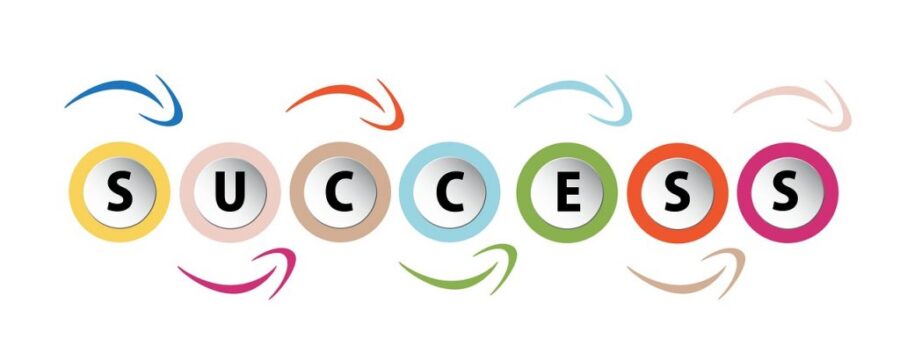5 Tips for Energy and Stress Management
5 Tips for Energy and Stress Management No matter how positive your outlook and how zen your mindset, it’s impossible for any of us never to encounter stress or fatigue. Unfortunately, experiencing some stress and fatigue is part of life. In truth, they’re part of what make the days we have great energy or feel calm and at peace so wonderful. The best solution is having strategies for energy and stress management in our arsenal to help on difficult days. Here are 5 great tips for energy and stress management. 1. Adapt Rather than Avoid It can be tempting to avoid stressful situations or choices by putting them off as long as possible. Avoiding the most challenging task on our to-do list or postponing that meeting with a challenging person might feel good in the moment. What it does, though, is give us more time to fret over the event. Pushing a meeting or task toward the end of the day can also mean asking ourselves to tackle the task when our resources have already been depleted by other work. Instead, use your natural energy rhythm to your advantage. What time of day do you feel the most energized and sharp? Schedule your most difficult task or meeting at that time. Or, schedule it first thing in the day, so you can get it over with early and move on to easier tasks afterward. At KCC, we call this “eating the frog”…inspired by Mark Twain. 2. Schedule a Stress Session If you’re struggling to keep worries and stress from intruding into your day, try scheduling a thirty-minute block of time to allow yourself to focus on what’s bothering you. It may seem counter-intuitive, but research shows that this actually helps us table anxiety and stress at other times of the day. It means we know we’ll have a chance to process those thoughts and worries at a specified time. You might find journaling to be a helpful way to quantify the things causing you stress. Writing a list may also help you identify solutions or ways to cope with some of the stressors you encounter. 3. Sweat it Out Exercise is a great way to work through stress. It gets our bodies moving, burns some of that anxious energy, and increases blood-flow to our brains. When we exercise, we’re also focusing parts of our brains on physical activity. We’re focused on balance, coordination, and breath. This gives other parts of our brains a rest, which can break that hamster-wheel cycle we sometimes fall into. If you don’t like exercising, try finding an active hobby or class to participate in. Consider joining a dance class, community sports team, or martial arts program. The goal is to get your body moving and have fun doing it! 4. Pursue Balance Is your work-play balance off lately? When we get stressed, it’s easy to withdraw from recreational activities without realizing we’re doing so. Feeling starved for recreation? Consider taking a day or afternoon off. [...]









